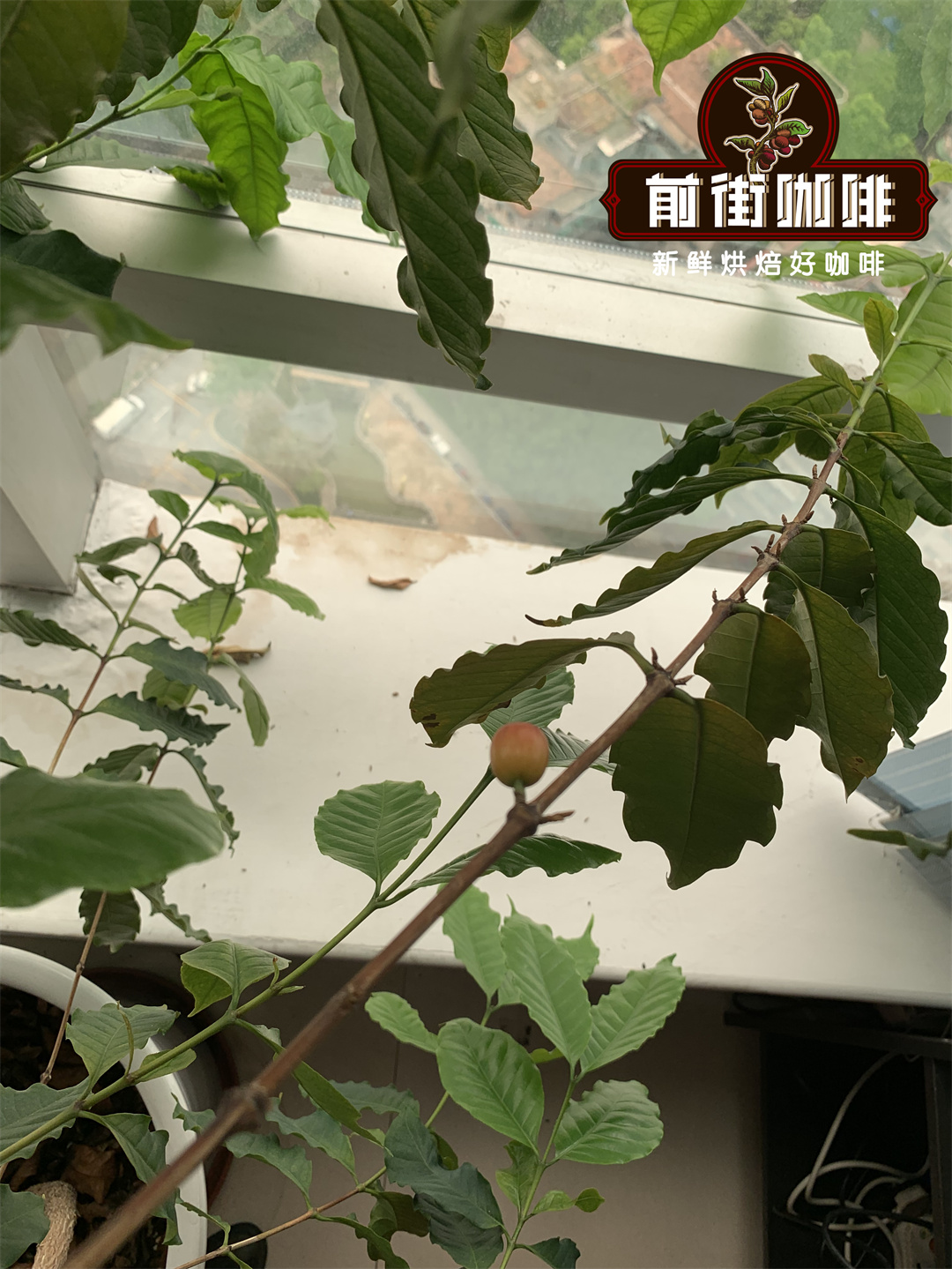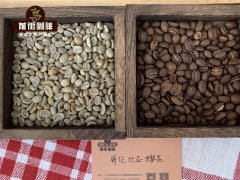What area does the coffee belt refer to near the equator? why is it so important?
Although the world drinks more than 2 billion cups of coffee every day, few of us know where the coffee comes from. Here, let's look at what the coffee belt is and why it is so important. Coffee bean belt is the origin of coffee in the world. The coffee belt is located between the Tropic of Cancer and Capricorn, 23.5 degrees north and south of the equator. The coffee belt runs through about 70 countries, which have tropical climates and provide a rich environment suitable for growing coffee. The coffee belt spans five continents, namely South America, North America, Africa, Asia and Oceania.
However, Oceania produces very little coffee compared with the other four continents. Of the 70 or so countries that pass through the coffee belt, only 44 produce large amounts of coffee. These are the coffee producing countries.
Brazil
Viet Nam
Colombia
Indonesia
Ethiopia
Honduras
India
Mexico
Peru
Uganda
Guatemala
Nicaragua
China
Malaysia
Ivory Coast
Costa Rica
Tanzania
Papua New Guinea
Kenya
Thailand
El Salvador
Venezuela
Laos
The Philippines
Cameroon
Rwanda
Ecuador
Democratic Republic of the Congo
Burundi
Madagascar
Guinea
Haiti
Dominican Republic
Togo
Cuba
Yemen
Bolivia
Panama
Sierra Leone
America
Angola
Malawi
Liberia
Jamaica
All plants have common biological necessities. The elements of plant growth are sunlight, water, soil and air. These four combine to provide plants with the energy and nutrients they need. The climate in the coffee belt provides the best conditions for growing coffee. If you want to produce quality coffee, coffee plants need very special needs.
Rainfall amount
Coffee trees need a humid tropical climate with obvious dry and wet seasons. Many coffee farmers rely on rainfall as their only source of water, so the rainy season provides water for a large number of coffee plants to survive.
The dry season provides an opportunity to harvest coffee cherries from coffee beans. During the dry season, the harvest season for coffee lasts two to three months, and as the cherries mature, they will be picked many times in these months.
Although most countries have one harvest season, some countries, such as Colombia, have a second smaller harvest season.
Temperature
Coffee plants need a stable temperature because they are sensitive to both extreme cold and extreme heat. Many coffee factories cannot stand huge temperature fluctuations, requiring annual temperatures between 15-30 °C (59-86 °F).
Another problem is that some coffee varieties do not like to be exposed to too much sunlight. In order to protect coffee trees, some farms use protected trees to shade coffee trees.
Coffee grown in the shade has other benefits, such as inhibiting weed growth, providing frost protection and increasing the number of pollinators, resulting in more coffee cherry fruit.
Coffee grown in the shade also takes longer to mature because natural fructose takes more time to form, creating more complex coffee.
Because coffee grows near the equator, the country that produces coffee is one of the hottest in the world. As a result, most coffee grows in high-altitude areas with a cool and stable climate.

Altitude
Most of the world's coffee grows between 1000 and 2000m (3300-6600ft) above sea level. The temperatures at these elevations do not change much from the highest to the lowest, which is perfect for coffee factories.
Altitude is also important when plants have low caffeine levels because pests are less likely to attack because there are fewer plants at higher elevations.
Coffee grown at high altitudes also gives coffee an ideal acidity, just like the acidity in wine. This may surprise you because coffee is inherently bitter and misworded.
Soil
Soil plays an important role in the survival of the coffee planet because it provides essential nutrients that are not found in air and water.
Coffee can grow in a variety of soils, but the ideal soil type is fertile volcanic laterite or deep sandy loam.
Many countries brought with coffee are part of the Ring of Fire. The volcanic activity found there helps to enrich the soil where coffee plants thrive.
For the growth of coffee trees, it is important that the soil is well drained. The soil naturally retains or discharges water, depending on its pore space, which means that the emphasis on clay or heavily sandy soil is not enough.
In addition to drainage, soil texture also affects the ability of coffee plants to withstand the dry season, as water deep in the soil is used during periods of low rainfall.
One of the most important nutrients for growing coffee is nitrogen. Nitrogen is used in basic functions such as photosynthesis and new tissue production, as well as other key processes.
The pH of soil is also another important factor affecting the growth of coffee plants. The soil in many tropical or subtropical coffee-growing areas of the world is slightly acidic, which is conducive to coffee cultivation.
Important Notice :
前街咖啡 FrontStreet Coffee has moved to new addredd:
FrontStreet Coffee Address: 315,Donghua East Road,GuangZhou
Tel:020 38364473
- Prev

How do you drink black coffee? The Best Taste temperature of Coffee & can Coffee be reheated when it gets cold
It is not without reason that the phrase "drink coffee while it is hot" is often mentioned by everyone. In front of the street, I remember a brown friend described the cold coffee like this: "after a sip, my skull hurts, and the bitter / sour + wood taste lingers in my mouth, which makes me autistic for a long time." Why can hot coffee taste so bad after cooling? Temperature changes taste, performance and senses.
- Next

What is Colombian coffee? is Colombian coffee the best for deep roasting?
Colombian coffee is grown in Colombia. Colombian coffee tends to demand higher prices because it is mainly made up of high-quality Arabica varieties. Colombian coffee may have strong flavors of chocolate and nuts, or a hint of fruit and flowers, depending on its growing sector. Colombian coffee is grown in Colombian provinces. It doesn't.
Related
- Beginners will see the "Coffee pull flower" guide!
- What is the difference between ice blog purified milk and ordinary milk coffee?
- Why is the Philippines the largest producer of crops in Liberia?
- For coffee extraction, should the fine powder be retained?
- How does extracted espresso fill pressed powder? How much strength does it take to press the powder?
- How to make jasmine cold extract coffee? Is the jasmine + latte good?
- Will this little toy really make the coffee taste better? How does Lily Drip affect coffee extraction?
- Will the action of slapping the filter cup also affect coffee extraction?
- What's the difference between powder-to-water ratio and powder-to-liquid ratio?
- What is the Ethiopian local species? What does it have to do with Heirloom native species?

